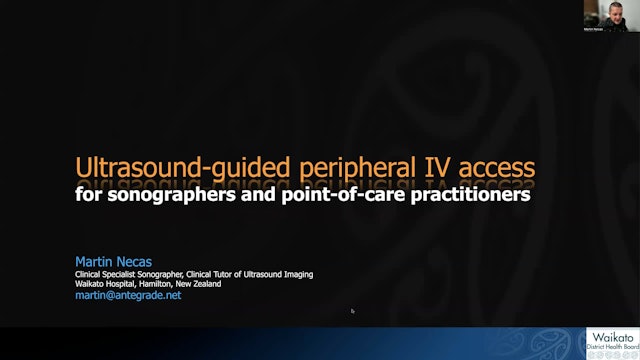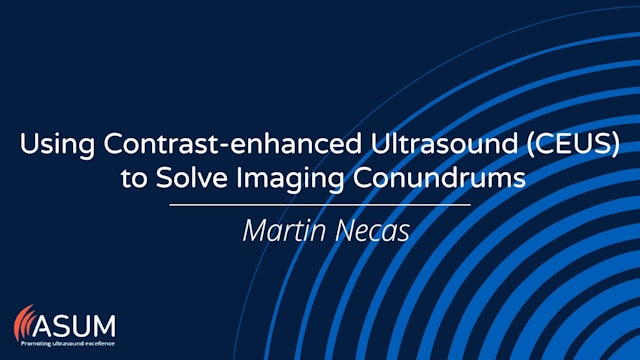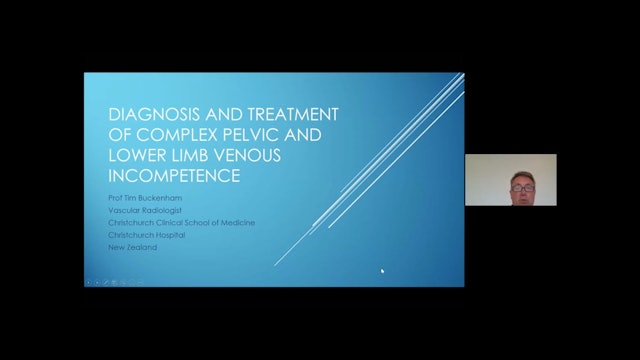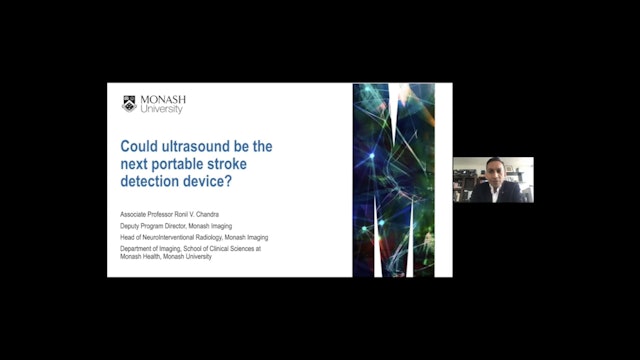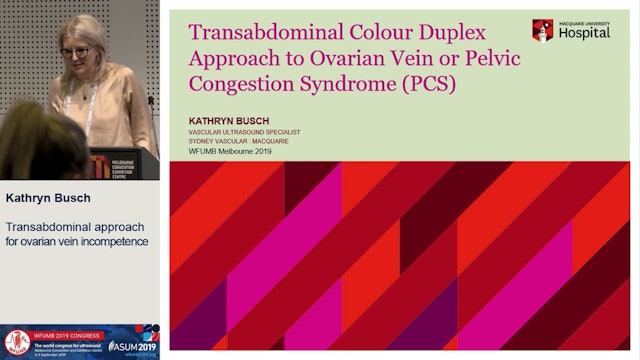VASCULAR
-
Most of the time it is not DVT
-
Basic DVT Ultrasound
-
Another cause of stroke we might be missing during carotid ultrasound
-
The Unhappy Renal Allograft
-
Ultrasound in giant cell arteritis. Introduction and Dunedin audit results
Ultrasound in giant cell arteritis. Introduction and Dunedin audit results.
-
Cerebrovascular flow and function in research
-
Radial Artery Thrombosis
-
Median Arcuate Ligament Syndrome: Diagnosis and therapy update (2021)
-
Using intravenous fluorescent dye to determine future risk of varicose veins
-
Differentiating pseudo endoleaks from true endoleaks using (CEUS)
-
Ultrasound-Guided Peripheral IV Access
-
Using Contrast-enhanced Ultrasound (CEUS) to Solve Imaging Conundrums
-
Diagnosis and treatment of complex pelvic and lower limb incompetence
-
Endovascular Clot Retrieval
Endovascular Clot Retrieval. Breakthrough therapy for stroke patients.
-
Pedal Artery Duplex at Waikato Hospital
-
Ultrasound Assisted Thrombolysis for Stroke - what's the data?
-
Could ultrasound be the next portable stroke detection device?
The lecture is for sonographers, sonographers-in-training, and other health professionals with an interest in ultrasonography for portable stroke diagnosis.
At the conclusion of this lecture, the audience should have better understanding of:
- Ultrasonography for prehospital large vessel occlusi... -
Non-Atherosclerotic causes of lower limb ischemia
-
Giant Cell Arteritis
-
Arteriovenous Fistula US & a Glance into the Future
Learning outcomes: - Understanding the relevant anatomy and its requirement in pre-operative fistula mapping
- The process of guidelines surrounding arteriovenous fistula maturation
- What fistula surveillance looks like today including a look at how to perform a fistula ultrasound scan
- Explori... -
Transabdominal approach for ovarian vein incompetence
-
Patent Foramen Ovale detection using TCD
-
Can sonographers reliably scan perforator veins
Introduction
Diagnostic Ultrasound (DU) plays an integral role in the assessment and mapping of Chronic Venous Insufficiency (CVI)(Neglen & Raju, 1992; Zygmunt, 2014) and in particular the assessment and documentation of perforator veins.(Eidson Iii & Bush, 2010). Also evident is a paucity of re... -
Transcranial Colour Duplex: Venous alterations post Cerebral AVM resection
New Transcranial Colour Duplex Findings Support Significant Venous Alterations Following Cerebral Arteriovenoous Malformation Resection











